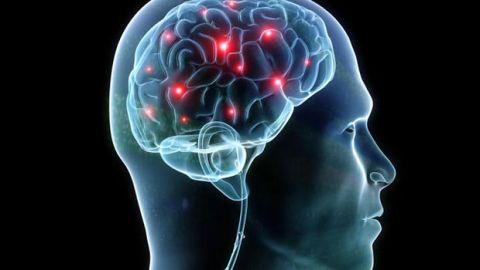Dural Fistula

An important group of pathologies of the central nervous system are vascular malformations, including cavernous angiomas, venous angiomas, capillary telangiectacy and arteriovenous malformations.
This last group could be defined as a direct anomalous connection between one or more arteries and one or more veins without an intermediate capillary bed. They may present clinically causing parenchymal or subarachnoid haemorrhages and can occur at any location in the central nervous system but are most often seen in the territory of the middle cerebral artery.
This abnormal connection forms a "stent", which can be visualized in magnetic resonance imaging studies as an image similar to a "corn poppy" and with cerebral angiography it is possible to determine which vessels supply blood to the same and which are the ones they drain to.
In most cases these malformations are asymptomatic; however, they begin to present clinical symptomatology when there is rupture of the vascular structures and, therefore, there is bleeding. If they generate compression of the cerebral parenchyma or are of considerable size, they can generate cerebral ischemia.
Traditionally when presenting patients with this type of pathologies can be taken two behaviors, the first is to observe the clinical evolution and determine the relevance of intervening; the second option is to surgically intervene the patient in order to completely eliminate the lesion. Also, there are three ways of intervening and these are with microneurosurgery, endovascular therapy and radiosurgery. It is important to have in mind that each case must be individualized in order to take the measures that generate greater benefits for the patient.
Escribe tu comentario